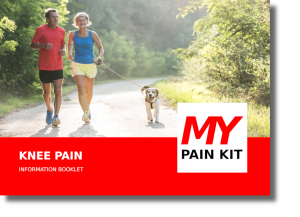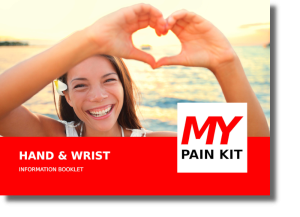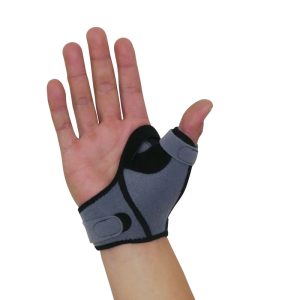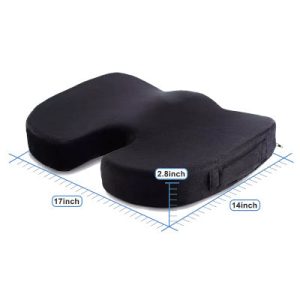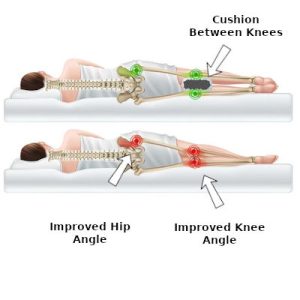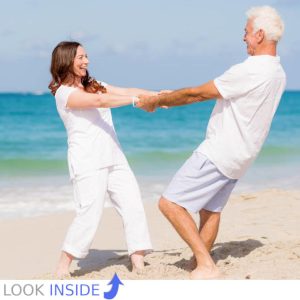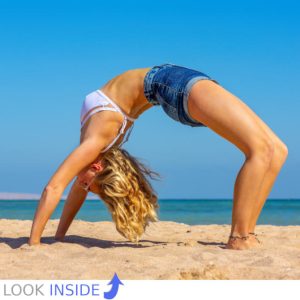There are a lot of misconceptions about Arthritis and Osteoarthritis that we are trying to address.
In This Article:
- What’s The Difference Between Arthritis And Osteoarthritis?
- Is Osteoarthritis Incurable?
- The Challenge Of Treating Osteoarthritis
- Bio-Psycho-Social Factors Of Arthritis
- Remember, When Treating Osteoarthritis
- Let’s Change The Narrative
- Frequently Asked Questions
- Additional Reading
- Find Your Pain Kit For Osteoarthritis
What’s the difference between Arthritis and Osteoarthritis?
Arthritis
is a term that relates to changes in the structure of a joint.
- These joint changes may be associated with pain
- The term covers multiple different types of Arthritis
Osteoarthritis
is the most common form of arthritis.
Is Osteoarthritis Incurable?
This form of arthritis is often described as ”wear and tear”. Patients often describe “bone on bone” rubbing together. This is extremely dramatic to say the least! (and probably incorrect!)
This painful condition strikes fear into the patients because they sometimes feel their joints have “worn out”! (hint, they probably haven’t)
It does have an important impact on how patients use their body and joints. The pain they endure can cause an over protection of their joints. They limit exercise and activities and this can actually cause worse symptoms of pain and stiffness! Movement exercises are normally good for Osteoarthritis!
The Challenge Of Treating Osteoarthritis
If you get an simple explanation of Osteoarthritis this can very often be incomplete, or just wrong.
As a result, the patient starts to believe that nothing can be done. Negative thoughts creep in… Doomed to immobility and depression for the rest of their lives… NO!
- Firstly, as Healthcare Practitioners, sometimes as we try to help our patients we inaccurate words and language. We could be making the patients outcomes worse! We must be clear and realistic with our patients!
- Secondly, we have to use the best information at our disposal. Bang up to date.
- Thirdly, we need to be clear in what we say and present this in a way that’s easy to understand.
- Finally, we must encourage patients to build the confidence to take control and ultimately self-manage their pain and stiffness.
We must take a more holistic approach. Coaching people in exercise, diet and a healthier lifestyle! Bring it all together!
Bio-Psycho-Social Factors Of Arthritis
Biopsychosocial – it’s a mouth-full 😁 see image below!
Pain from Osteoarthritis is a complex personal experience and not just “messages” from a damaged joint. Therefore, focusing on the full picture will lead to a better approach to care and ultimately better outcome for patients:
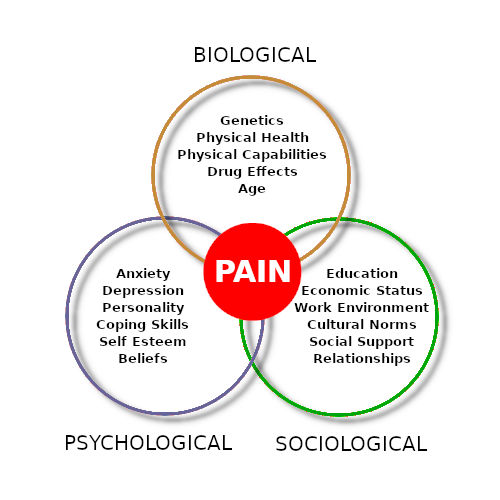
Remember, When Treating Osteoarthritis:
Exercise can improve cartilage content for those at higher risk. Therefore, exercise can also strengthen muscles. This can aid the stability of the joint and improve range-of-movement of the joint.
- Joint Structural Damage Does Not Fully Explain Osteoarthritis Pain
- Exercise is Safe and Recommended for Most Osteoarthritis
- Make sure you get the go-ahead from your Therapist!
- Managing modifiable risk-factors can help Osteoarthritis
- Surgery should not be the First Treatment Choice
- Don’t use drugs for long term pain relief – aim to solve pain naturally!
- Only use Drugs for Acute Pain, or as last-resort in chronic cases.
Let’s change the narrative…
In conclusion, we need to get the self-management tools out there and let’s get our patients taking ownership of their pain.
Let us explain the benefits of Massage, Move, Stretch and Strengthen. Try to get more sleeping, eating well, walking, swimming and greater activity in general. Start today!
Our goal is to decrease pain, improve strength, mobility and increase range of motion.
Exercise Programmes have shown to decrease pain and improve function in osteoarthritis.
Frequently Asked Questions:
Sadly, young people can get juvenile arthritis, although it can be quite rare. As people reach their 20’s it gets more common, because some kinds of acute injury can cause arthritis. Being overweight is also a big factor in young people getting arthritis, which tends to manifest most commonly in young adulthood.
Yes, provided you have had a diagnosis and there is no major underlying medical issue you can try a combination of actions to help with arthritis:
- Heat Therapy
- Massage
- Movement Exercises
- Stretches
- Strength Exercises
- Cold Therapy
- Bracing
There is no major evidence to suggest that runners get arthritis, and in fact, many studies have shown that runners have better knee health than the general population. This is probably due to a combination of lifestyle factors – better diet generally, and not being overweight. In general, movement helps arthritis, so if you aren’t too badly injured, you should be looking to rehab yourself and get back moving.
No, there is no evidence to suggest that magnetic bracelets work for arthritis. There may always be a placebo effect, so if you believe these things work, there’s no harm in wearing one, but there hasn’t been any studies that prove they benefit arthritis.
No, a brace is designed to support the injured area, and restrict movement if possible, so that healing can take place. While a brace might make you feel a bit better, it’s not really helping your condition. It’s better to get a proper diagnosis, and then engage in a proper rehab program. After that you can re-introduce movement, stretches and strength exercises to help stop the Osteoarthritis coming back.


